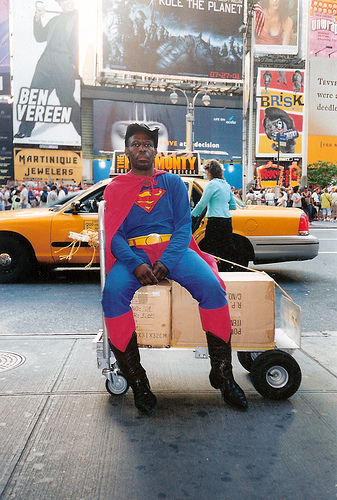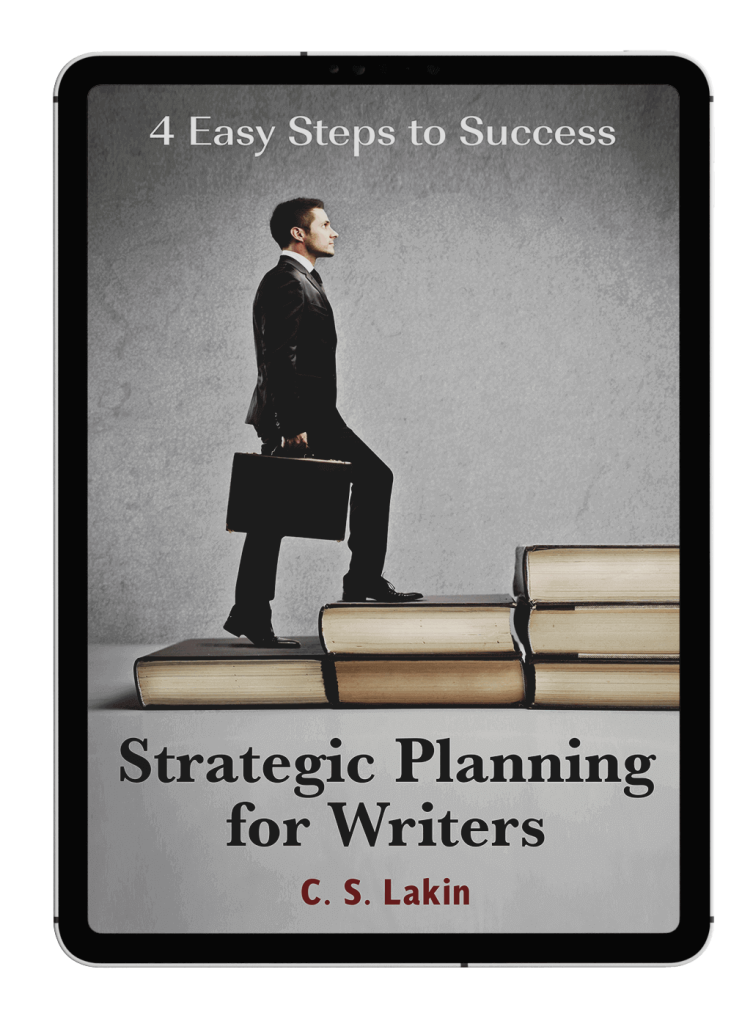Seeing the World through Your Character’s Eyes
One of the essential things you need to do in your first scene is ground your protagonist in her setting. Just writing that made me blow out a breath. Why? Because I edit and critique so many manuscripts that contain really dull narrative about the setting. Most common is the scene that goes underway for a paragraph or two and then suddenly inserts an author interruption in which I read a number of paragraphs (or pages) telling all kinds of details about the scenery, locale, and the world the protagonist is in. The problem is this information is all detached from the POV character.
Show Her World
At some point you made a decision to set your story in a particular locale and time period. And in choosing your first scene you thought of a specific place, time of year, time of day (or at least you should have). I read one best-selling novel (which was near the top of my “worst books” list) that didn’t even tell the reader what part of the US the story was set in until somewhere around page 150. There was no sense of place, and certainly not in the protagonist’s POV. Maybe your plot is highly dependent upon your locale, as many novels are. The setting is often like a character, evoking the South, for example (Gone with the Wind or The Secret Life of Bees) or a particular country or a type of natural environment like the wilderness or the Arctic Circle. But whether or not the actual location is intrinsically tied in with your plot, you want the setting to be experienced and expressed by your character—not by you, the author. I’ve heard some writers say the author needs to get out of the way of the story. It makes me picture a playwright standing on the apron of a stage waving his arms and talking while the actors behind him are trying hard to play their parts in the scene being presented. You just want that guy with the crooked staff to reach out from the wings and pull the author off the stage. You didn’t come to the show to hear the author; you want to watch the play. And so it is with a novel.
What Makes Setting Special for Your Character?
That’s the question you should be asking—not just for your first scene but in all your scenes. As you think about beginning your novel and putting your character somewhere in some time, stop and think about how she feels about being there. Once you can tap into how she interacts with the place in which she lives, works, and grows, you’re halfway there. You want to show the scenery not just through her eyes but with an emotional response. Once you do that, your setting will become alive and vibrant. I think one of the most powerful books that does this is Pat Conroy’s The Prince of Tides. The book oozes with setting, and it’s so intertwined with his characters that you feel you are there, sensing what they sense and experiencing the locale in a truly deep and personal way. Conroy doesn’t accomplish this by writing pages of description. Sure, there’s a lot of description of Colleton, SC. How is it I remember the name of that place after having read that book two decades ago? Because he made me feel as if I’d lived there. And his narrative writing is evocative and beautiful (which is important too). But his descriptions work because they are so enmeshed with his protagonist, Tom Wingo, that you can feel it. The best way to avoid a big information dump every time you introduce a new place is to feel, see, hear, smell, and taste the setting in your character’s POV. You don’t need a lot, but you do need some material in that first scene to show where your character is and how he feels about being there.
This week, think about your first-scene setting and ways you can describe and present it through your protagonist’s emotions and observations. Feel free to share your thoughts in the comments, or if you want to, mention some novels you’ve read that have evoked setting in a terrific way and post them here.












Thank you for sharing your insights. Not sure how I earned placement on your list – just please keep me on it. I agree, a setting can entirely set a mood and Conroy’s Prince of Tides was a perfect example.
This post helps me with a problem I’d already identified in the opening of a novel I’m working on. The setting descriptions feel canned, and it’s too much, too soon. You’ve given me some insights into how I might make it work better. Thanks!
I love this post, because often I feel like I have to choose between revealing the setting first or revealing the character. Suggesting to show the setting through the character’s eye’s is the most eloquent solution I’ve heard to solve this problem. Thank you for sharing!
I loved the analogy to the playwrite standing on stage. Really brought home the point. Setting is really important and I love it when it’s done well.
The best example of the use of setting as character is in Thomas Hardy’s work, but I, too, appreciate the playwright example. It demonstrates so clearly the error of telling readers what to see instead of showing them. I used to think that no one would be interested in the local settings of my stories until I realized that my familiar settings could be as interesting to others as theirs were to me whether the setting was a house, a street or a city familiar to me. It is a matter of how I present the setting, not merely what the setting is.
Now I’m afraid to reread my first scene(s)!
One of the best pieces of advice that I have read on this topic came from Noah Lukeman, a New York agent, in his book: The First Five Pages.
He states that in order to make the scene/setting come alive, you need to mention the 5 senses that we humans have. What did it look like, what did it sound like, what did it taste like, what did it smell like and what did it feel like? Then readers can truly picture the setting.
You have given us a lot of food for thought, Susanne. As I re-read my novel I will take this into consideration. I think for the most part my settings are viewed through the characters’ eyes, but I will definitely double-check. Thanks for sharing your tips.
Shakleton’s Incredible Voyage, starts by telling when (1914) where (near the South Pole, standing on an ice flow, watching their ship break apart) 24 adventurers were stranded and this makes the rest of the story shine and tells you organically that the characters were amazing. I get it. Great and helpful post. Thanks.
Perfect post at the perfect time. I do a lot with place in my writing but as I rewrite my novel, you’ve given me ideas for how I can show even more in my opening scenes by looking through my character’s eyes. Thanks!
Thanks all for sharing all these comments~
I’m very much a “character-driven” author and I truly believe the best books are the ones that make you see the world through their eyes and senses. Great comments! I hope you will stay tuned as we go more into character and other topics in the weeks to come!
Great advice. When I start reading a book and have no idea where the characters are or when the story is taking place, it’s like watching the first 15 minutes of Law and Order with no idea what is going on. It’s distracting!